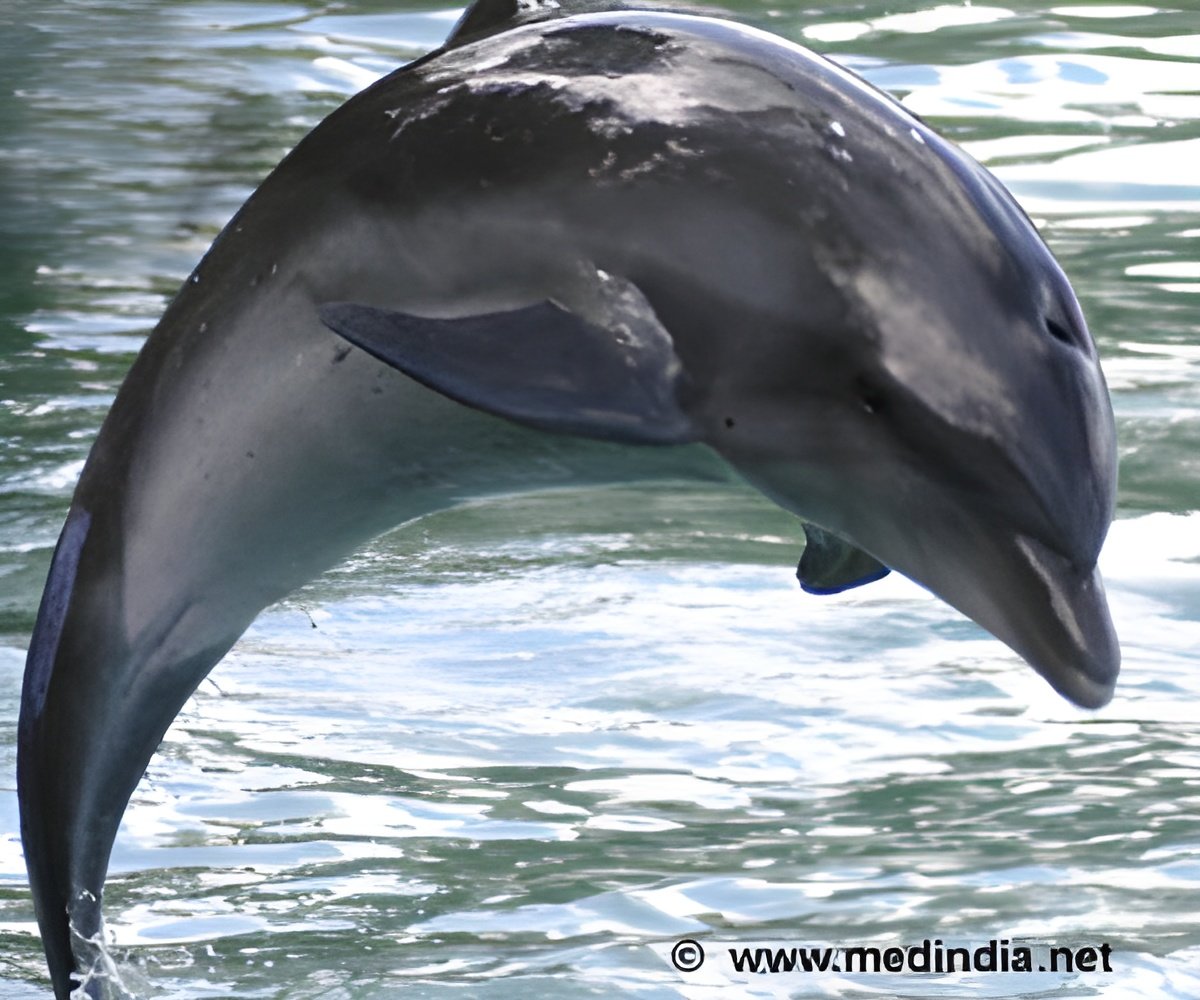It gives important insight and knowledge on how dolphins organize themselves, who they interact with and who they avoid, as well as when and where.

"One of the more unique aspects of our study was the discovery that the physical dimensions of the habitat, the long, narrow lagoon system itself, influenced the spatial and temporal dynamics of dolphin association patterns," said Elizabeth Murdoch Titcomb, research biologist at Harbor Branch Oceanographic Institute (HBOI) at Florida Atlantic University. "For example, communities that occupy the narrowest stretches of the Indian River Lagoon have the most compact social networks, similar to humans who live in small towns and have fewer people with whom to interact."
The IRL is a 156-mile long estuary located on Florida’s east coast. The lagoon is long and narrow and composed of three distinct water bodies; Mosquito Lagoon, Banana River, and the Indian River.
Through intensive photo-ID surveys conducted along the IRL, the researchers were able to learn about the association patterns as well as movement behavior and habitat preferences of some 200 individual dolphins.
The study also found that IRL dolphins clustered into groups of associated animals, or "communities," that tended to occupy discrete core areas along the north-south axis of the lagoon system.
In addition to providing a unique glimpse into dolphin societies, this novel study provides important insight and knowledge on how dolphins organize themselves, who they interact with and who they avoid, as well as when and where.
Advertisement
Source-IANS









